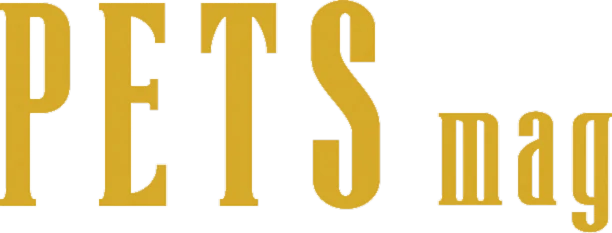 Minnie the calf CREDIT Bob Ellis/WWT
Minnie the calf CREDIT Bob Ellis/WWT
Her distinctive white forehead would normally be unusual enough, but her black, mouse silhouette really makes her stand out from the herd.
‘Minnie’, her mother and the rest of their herd are grazing an area of wetland recreation at WWT Welney over the summer months. They have an important role as wetland managers; with duties including munching the grasses, poaching mud at the water’s edge, attracting insects for birds spreading seeds by fertilizing the land.
Managing wet grasslands with livestock has happened on the Ouse Washes for over 400 years and is something which cannot be replicated artificially. Today, up to 600 cows, calves and bulls make the wetlands at WWT Welney an internationally important habitat and home to some of the rarest species of bird, insect and plant life.
Reserve warden Louise Clewley said: “The cows do a fantastic job, creating a mosaic of grasses that provide the ideal habitat for a wide variety of birds. Species like the lapwing and the rare black-tailed godwit prefer short grass so that they can easily spot predators; whereas snipe and redshank rely on their camouflage and so prefer tussocks of longer grass.
“This year has been an awesome year for breeding birds on the reserve and the cattle are getting it in great shape. One of my favourite things is digging around in cow poo, the pats provide a great habitat for lots of amazing insects which become a food source for birds and bats.”
Local farmer Chris Jackson said: “This local grazing is important to me, as it enables me to graze without having to take valuable arable land out of production.
“The system provides nutritious grazing for my livestock and compliments the wildlife that inhabits these wetlands.”
Visitors can watch the herds of cattle from the wetland centre and the hides out on the reserve, often catching sight of the yellow wagtail that like to feed around their feet. Early visitors might be able to catch a glimpse of the wardens carrying out their daily cattle checks, as they go from herd to herd by motorbike.
For more information about WWT Welney go to wwt.org.uk/welney.
